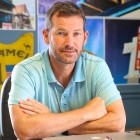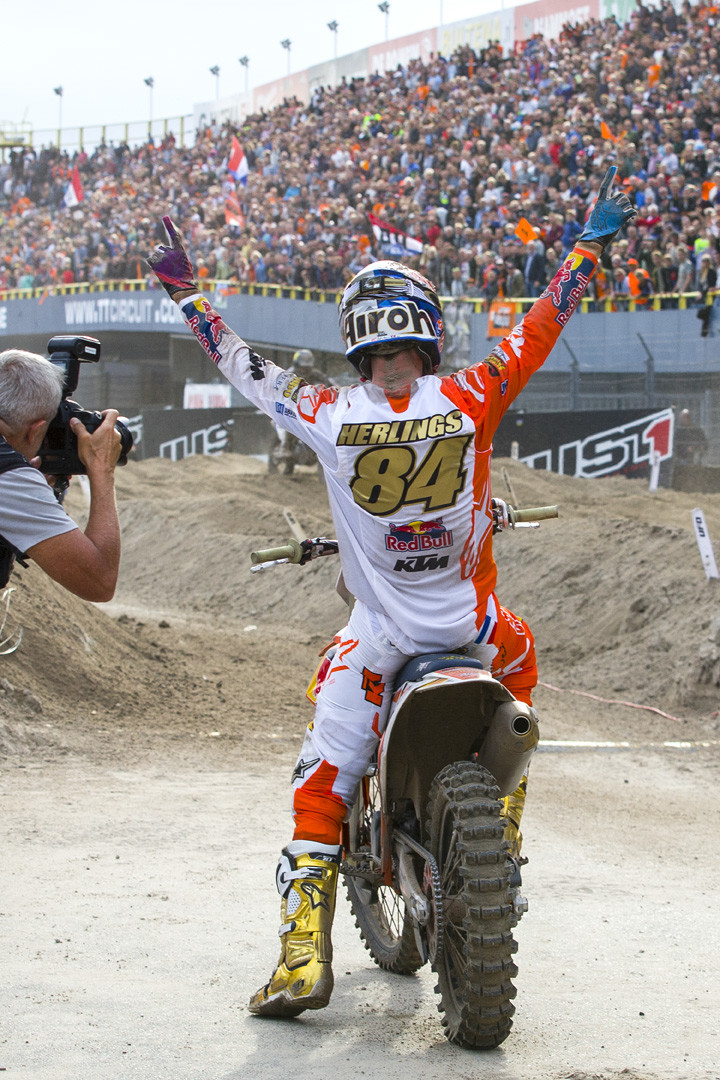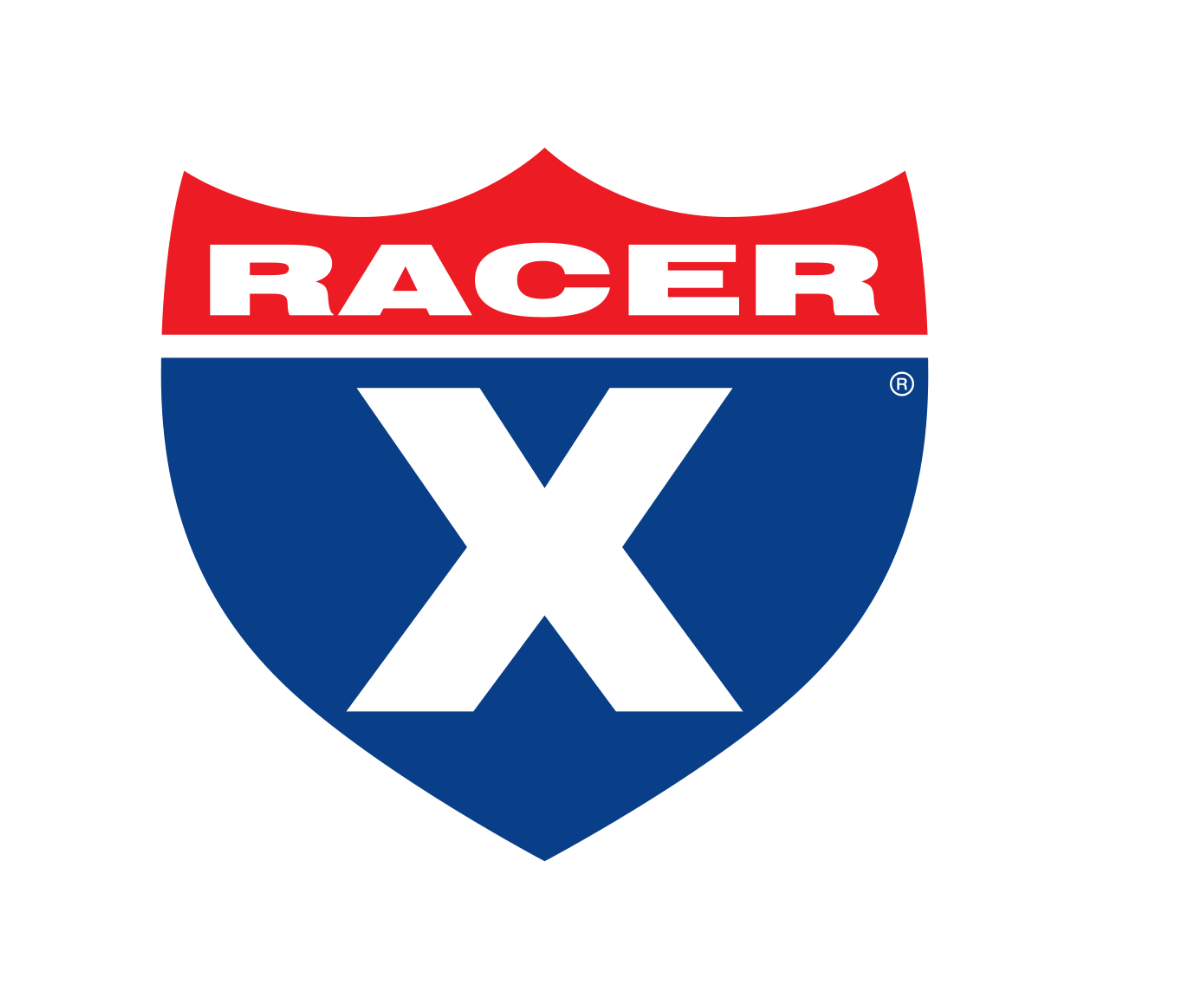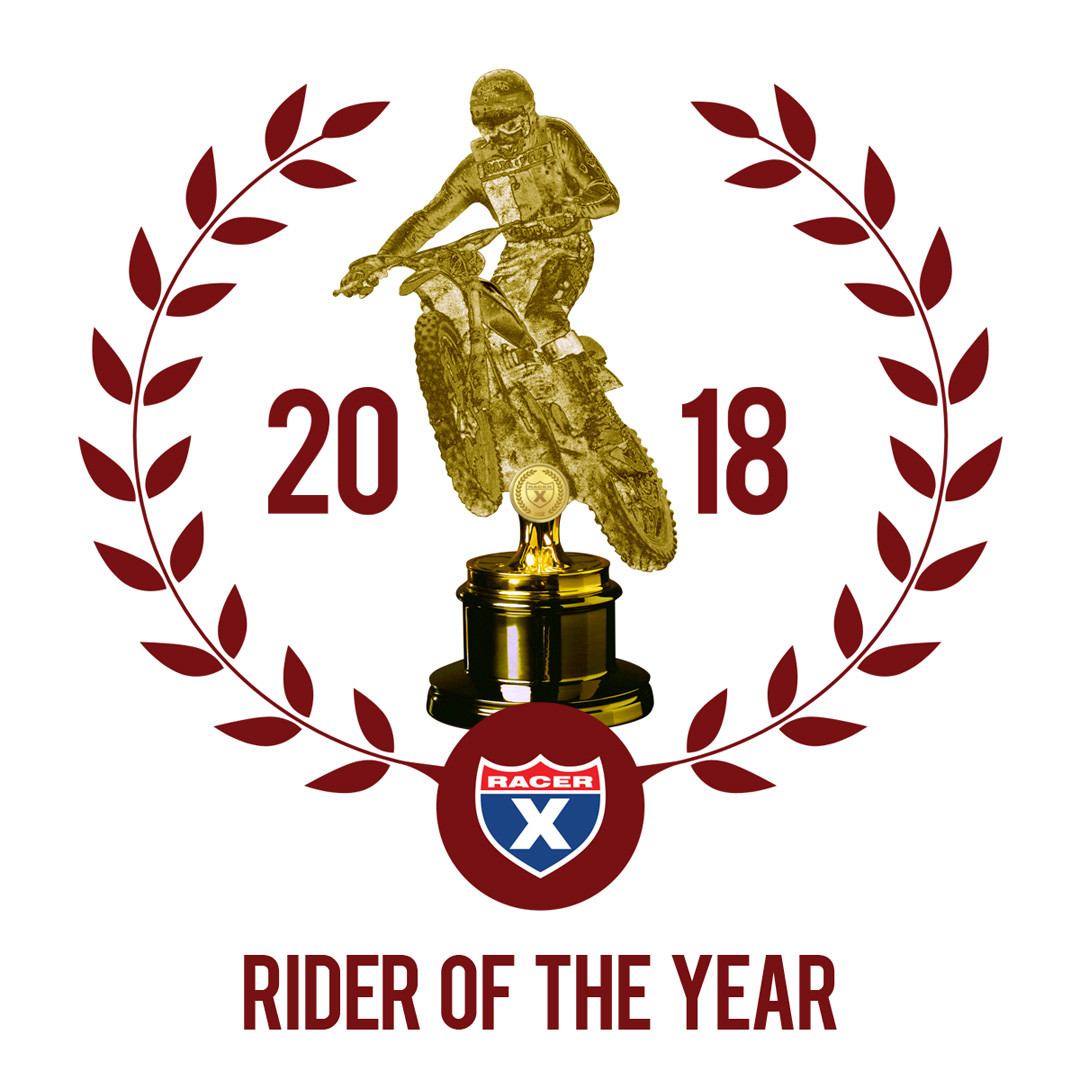Throughout the month of December, Racer X Online editors and contributors will be handing out one award each day for an outstanding performance or effort or product related to the global motocross industry in 2018. Each winner will receive this award, which we’re calling a Roger, just like the Academy Awards have their Oscars. It’s in honor of Roger DeCoster, a great ambassador for the sport of motocross for more than 50 years. Today’s topic is Racer X Rider of the Year.
"Best of Both Worlds" is featured in the February 2019 issue of Racer X Illustrated. Subscribe now!
To fully understand where Jeffrey Herlings currently sits in the global motocross hierarchy, you must first split that globe in half. One side is pure motocross, the other heavily diluted with supercross. Herlings rules the former, which we know as MXGP. He just watches the other, which is the AMA split of wintertime supercross and summertime motocross. He tried supercross once, some years ago, for about a month. It did not go well.
Much more successful was his one and only visit to an AMA Pro Motocross National, a statement win at the last round of the ’17 season at Indiana’s Ironman National. That’s where his ascent to the top of the pure motocross world began to rapidly accelerate. By beating the best on the AMA circuit at one of their own tracks, then going back to MXGP for a remarkable run to the FIM crown, the 24-year-old could declare himself “the fastest man on the planet,” which he did, on Instagram. After some grief from haters, he took it down. He should have left it up, though maybe with this one tweak: Jeffrey Herlings is the fastest man on the planet right now, so long as the sun is out.
Herlings is having an easy November. After demolishing the competition in the 2018 FIM Motocross World Championship, winning 17 of the 19 MXGP races he entered and 33 of 38 motos (both records), he says he’s just been eating and “doing all of the things I shouldn’t be doing [during] the year.” That’s because Herlings is on the Aldon Baker program, albeit as something of a correspondent student. After years of being extremely fast but erratic, the Dutch prodigy decided to get more serious about training. He had to, because after demolishing the record books of MX2 Grand Prix racing, his long-awaited premier MXGP-class debut in 2017 got off to a slow start. He went into the season first with a wrist injury, then a broken hand just before the series opener.
“I went to the first race, Qatar, and I really wasn’t healthy at all because I couldn’t train,” he explains. “I wouldn’t say I was fat, but I was definitely out of shape.” By the time he got both healthy and in better shape, the championship was already almost completely out of the question. So he made the decision to use an off-weekend before the MXGP of USA in Florida to race the season-ending AMA National in Indiana. He also used the fortnight in America to work closely with Baker and glean all he could.
“I’ve been training in Europe pretty much alone because it’s hard to find a guy like Aldon over here,” Herlings says. “I asked him a thousand questions, and he probably got sick of me, but I definitely learned a lot about food, training, the way he trains, and also from his group of riders because we did some days together. I learned a lot from him—he’s an awesome guy. Even now he still texts me, like, ‘good job’ after I do good at a race.”
Herlings followed up the Ironman win with three straight MXGP triumphs and a class win at the ’17 Motocross of Nations. And he didn’t let up, knowing he was starting to get the better of the nine-time champion Cairoli. At that point it was unfathomable that we would now be talking about Herlings approaching Stefan Everts’ all-time record of 101 Grand Prix wins—it was going to be Cairoli, who was less than 20 behind the seemingly unbreakable mark. But Herlings piled on those 17 wins to reach 84, and now all eyes are on the Dutchman. What would it mean to Jeffrey to get to 101?
“A lot,” he admits. “Winning ten championships is not realistic anymore.” That’s because he’s already left three world titles on the table, throwing away huge points leads with late-season injuries—one coming at a charity minicycle race run by Everts. This year’s was his fourth overall. “But to win 101 GPs is possible. The next step is to pass Tony, which would make me second, and then next up is #72.”
That, of course, is Everts’ trademark number. Herlings rode under Everts at KTM for the first half of his professional career, but the relationship soured and then dissolved. But Everts’ early influence is still visible, according to MXGP reporter Adam Wheeler.
“I’m sure Stefan’s mantra of 'hard work equals success' laid a firm imprint on Jeffrey’s mindset,” Wheeler explains. “Everts steered the 15-year-old’s progress from his debut season in 2010 until Herlings began to tire of the inflexibility by 2014. In Everts’ defense, Herlings was successful, famous, difficult, and egotistical by then, but also still such a young man.”
He was also wildly successful in MX2—to the point that some claimed he was basically sandbagging as he racked up wins (though not an equivalent number of titles due to those injuries). In that way, he’s more comparable to a James Stewart than a Ricky Carmichael, though he says he was a big fan of both.
“For sure James Stewart, he was such a big guy with inventing the Bubba Scrub and just the way he was racing, like pulling some big quad jumps out of his back pocket,” Herlings says. “He was the guy for me. There was also Carmichael. I had great respect for him, and also Ryan Villopoto.
“And for Europe of course there was Stefan Everts, one of the greatest,” he adds. “But when you see him ride, I was never like, ‘Wow.’ I mean, he had a very unique position with standing all the time, but with Carmichael and Stewart, you were just like, ‘Wow!’ They were just seriously awesome, so I was a big fan of those two.”
It shows. Herlings can recite their career numbers, championships, and, in Ricky’s case, even the rare defeats. “Ricky was incredible in the way that he only missed one race outdoors because he fell on his shoulder his last time at Glen Helen,” he says, referring to 2006. “Good thing he already had that championship.”
Herlings wasn’t so lucky in past title runs, and he came very close to suffering another disappointment this year when he crashed while practicing in June and broke his collarbone and two ribs.
“It was like three years straight that I broke something—I did my collarbone twice, my hand, my femur, my back,” he explains. “I knew I had a 62-point lead on Tony, and then it was immediately cut back to 12 because I had to miss the next race. I thought it was going to cost me another championship.”
Herlings’ relationship with Cairoli is also complicated, Jeffrey’s rise coming at Antonio’s expense.
“We do get along, though it’s not like we will be sitting together at the Christmas dinner table,” he says of the Sicilian legend. “At the end of the day we are teammates, and we want the best for KTM, but both of us want to win. This year I sacrificed everything to win and raise the bar, and I did. We are still the biggest competition for each other, so sometimes there is a little tension under our tent, but I think KTM handles it really well. We all do our best to win, and sometimes it is a little bit tough, but I think KTM would rather have me fighting for every win with another KTM rider than a Yamaha or Kawasaki rider.”
Throughout the course of the Grand Prix season, only one moto in 40 was won by a rider on something other than a KTM. It’s a testament to the brand’s commitment to racing, though many top riders have also left Europe to try their hand stateside. Has Herlings ever thought of following his former rivals Marvin Musquin and Ken Roczen to America?
“I did for some time, yes, but I also knew that I would probably be homesick if I did go,” he admits. “I was over in the U.S. in 2011, because the plan then was to win the MX2 championship and then go to the USA. I was there for like four weeks, but I crashed my brains out five times in the whoops, so I was kind of scared of the whoops at that point! But seriously, after those three or four weeks, I was very homesick. I knew if I was ever going to live there, I was going to have to bring my whole family, but they didn’t really want to leave Holland, or even Europe, to move to the U.S.”
Supercross is obviously very important in America, but it’s not easy to learn living in Holland or Belgium.
“We have a lot of sand here, so you have to go south to France to find the kind of dirt you need, and that’s five or six hours’ drive just to get to some little supercross track,” Herlings says. “It will be all dry and slick, not all well-prepped and watered and perfect dirt like you have in California and Florida. And that’s why you have all of the supercross racers coming from Europe are from France: they have the dirt and the tracks that the rest of Europe doesn’t.”
Herlings’ mother lives just down the road and helps out with everyday things like meals, laundry, and travel arrangements. There’s also Ruben Tureluren, who has been with him since 2009 as something of a best friend, personal manager, and practice mechanic. As for training, Herlings mostly does that by himself.
“I did my own copy of the Baker program this year, and it is physically as well as mentally really tough, so I do understand why riders like Ryan Villopoto and Ryan Dungey seem to quit at an earlier age,” he offers. “In America you have two series that are longer than our one series, and if you do Aldon’s program, it’s really tough and you pay the toll. Our season is different than in the U.S. because it’s almost all year long over there. You start in January and go until May with supercross, then it’s outdoors until August, then in October you have the Monster Cup and maybe the des Nations, and then it’s supercross testing again. It’s almost so you go all year long. Over here we just race February or March until October, and we have a few months off, so it’s a bit different.”
Different, sure, but hard work and consistency are key in both worlds. Herlings did the work, avoided that one near-disaster, and ended up with a season that would rank with the very best of both worlds, Ricky’s or Stefan’s.
“I know I won 17 out of the 19 GPs I raced, and I got second at the ones I didn’t win,” he says. “I also went undefeated in the Dutch Championship, won the Nations individually in my class, so I think it’s one of the best seasons you can possibly imagine. It was a great season, and it will be hard to do something like that again. I know I didn’t leave anything on the table. I worked really hard. I think I was the first person in Europe to do this kind of training program, and it was really very hard. Normally in Europe everything is more easygoing because we have a long series and all, but now I’ve stepped that up to a new level. But you see the results and it did pay off.”
One thing Herlings doesn’t gloat about is the Americans’ disastrous day at the MXoN at RedBud, and in particular Eli Tomac, the only man who might have something to say about Herlings’ global supremacy.
“He just had a bad day in the rain,” Herlings says. “Maybe if it’s dry, he might have smoked me—we just don’t know. It’s hard to judge on just one single race. That’s why I want to come back again. It’s a shame us Europeans and Americans don’t get to race together more. It would be nice to race against Eli and Jason and Marvin and Kenny and those guys more often.”
That’s when I mention that Jacksonville, where he won the MXGP of USA last year, is on the 2019 Lucas Oil Pro Motocross schedule, set for June 29—an off-weekend for MXGP. “Hey, that’s a good track! Maybe you will see me there. I definitely want to come back to try.”
A return visit would afford him the chance to stamp that “fastest man on the planet” status he’s rightly earned in both worlds. He’s also Racer X’s 2018 Rider of the Year.
“Ha! I love that title,” Herlings laughs. “It was a very good year, and hopefully I can keep it all going for a while.”
MORE 2018 RACER X AWARDS
 Mon Dec 31 Racer X Awards: Motocross Race of the Year
Mon Dec 31 Racer X Awards: Motocross Race of the Year  Sun Dec 30 Racer X Awards: Rider of the Year
Sun Dec 30 Racer X Awards: Rider of the Year  Sat Dec 29 Racer X Awards: Best Intentions of the Year
Sat Dec 29 Racer X Awards: Best Intentions of the Year  Fri Dec 28 Racer X Awards: Non-Racer Instagram of the Year
Fri Dec 28 Racer X Awards: Non-Racer Instagram of the Year 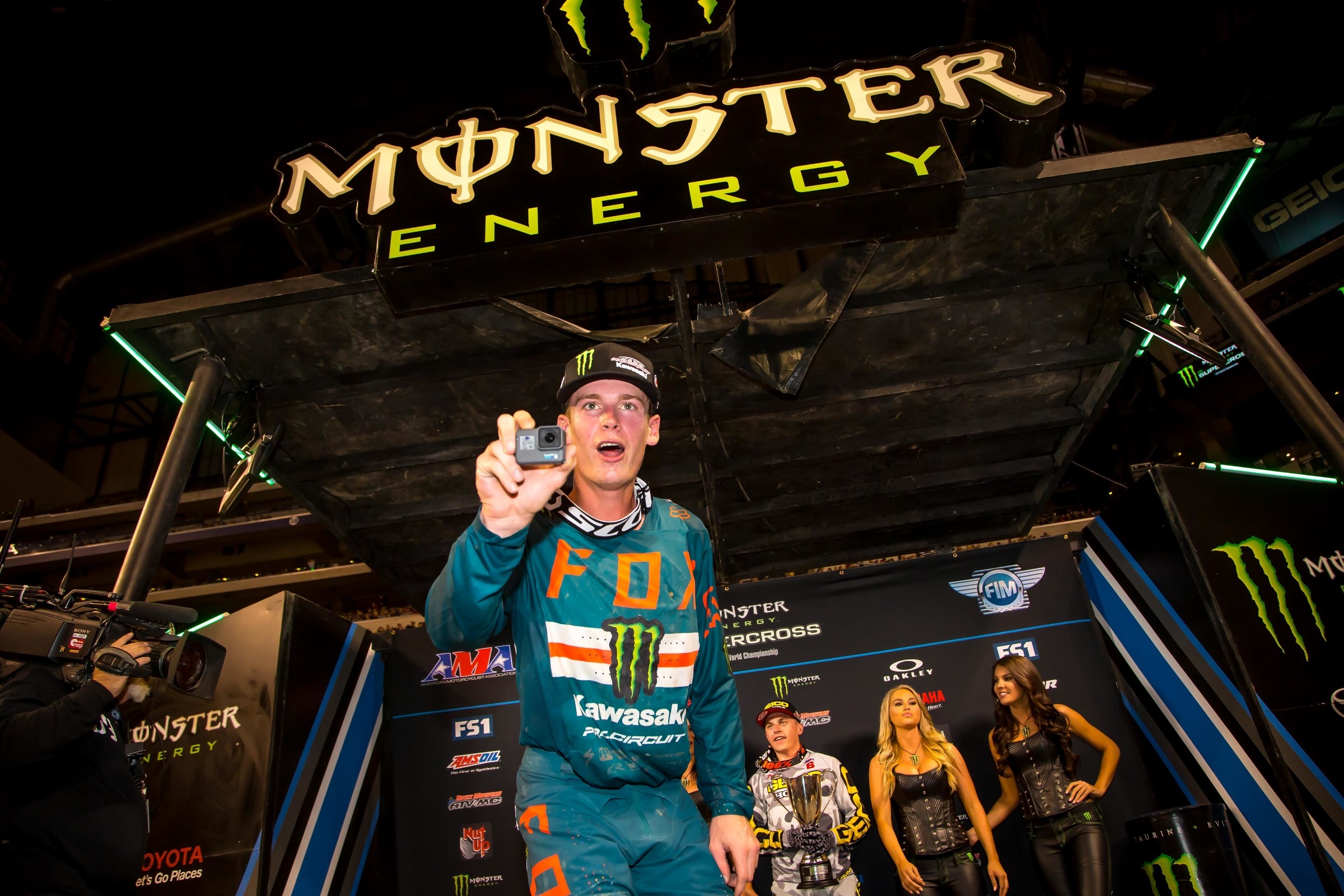 Thu Dec 27 Racer X Awards: Rider Media of the Year
Thu Dec 27 Racer X Awards: Rider Media of the Year  Wed Dec 26 Racer X Awards: Podcast of the Year
Wed Dec 26 Racer X Awards: Podcast of the Year  Tue Dec 25 Racer X Awards: Gift of the Year
Tue Dec 25 Racer X Awards: Gift of the Year 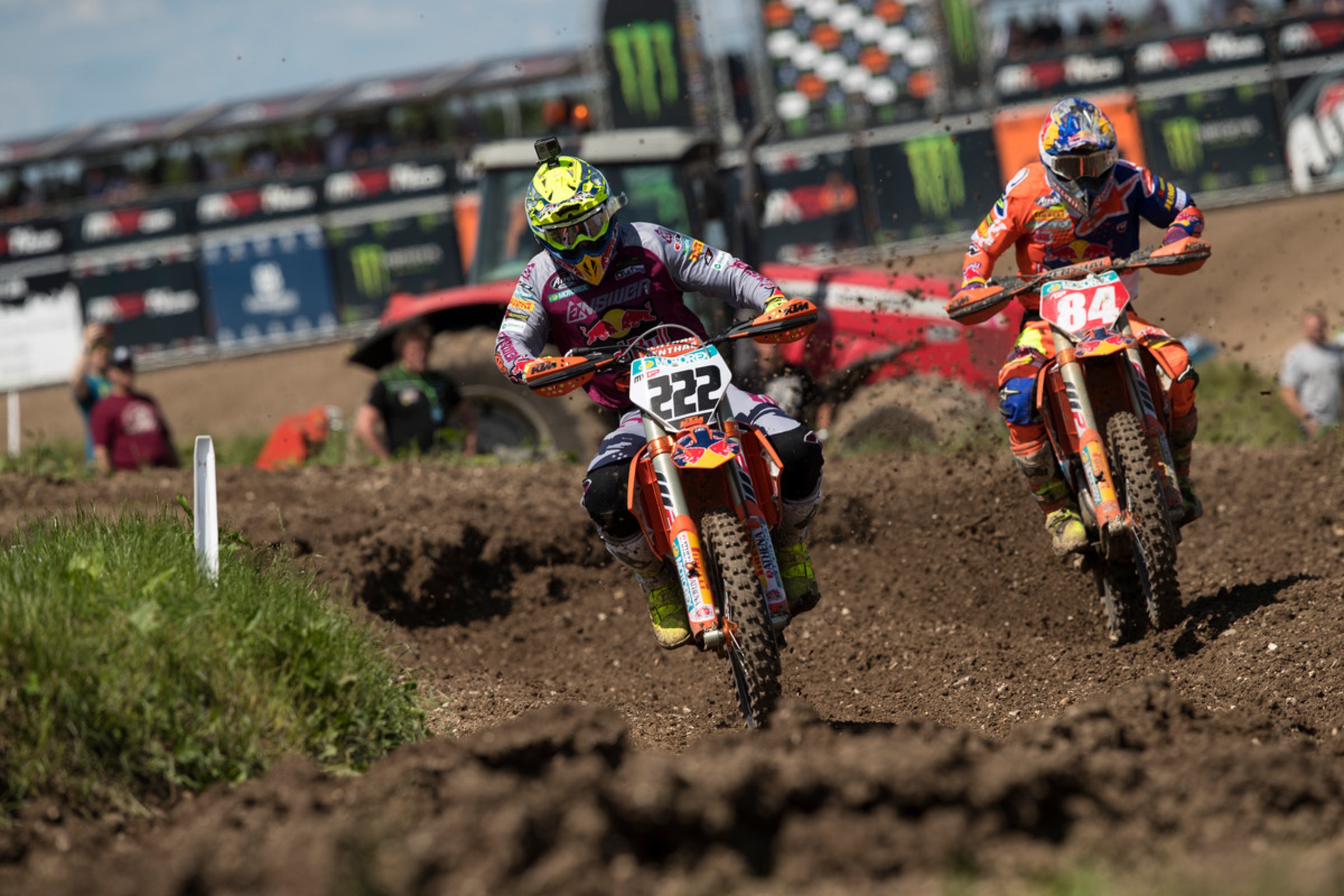 Mon Dec 24 Racer X Awards: MXGP Race of the Year
Mon Dec 24 Racer X Awards: MXGP Race of the Year 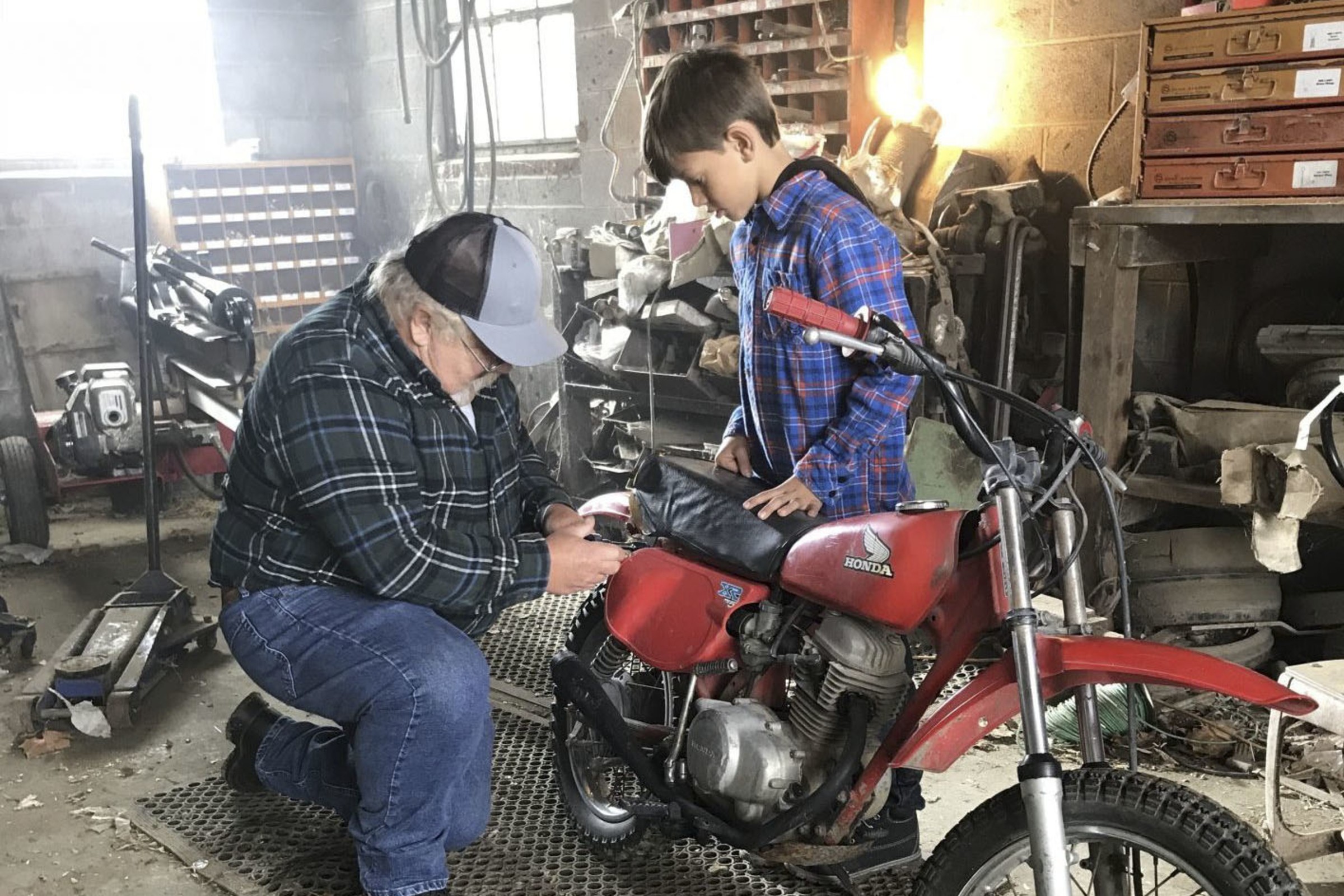 Sun Dec 23 Racer X Awards: Commercial of the Year
Sun Dec 23 Racer X Awards: Commercial of the Year 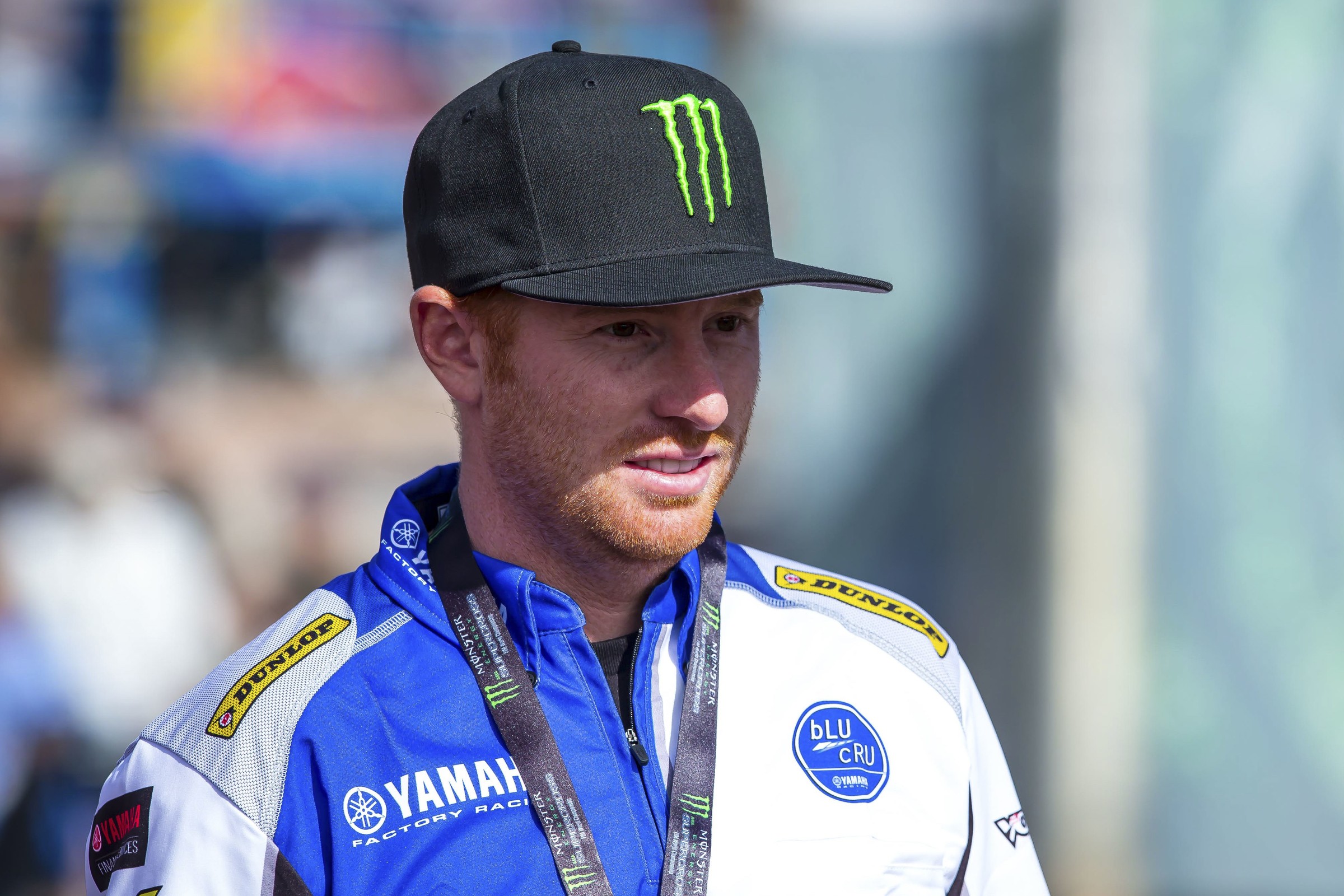 Sat Dec 22 Racer X Awards: SX/MX Ambassador of the Year
Sat Dec 22 Racer X Awards: SX/MX Ambassador of the Year  Fri Dec 21 Racer X Awards: Non-National Event of the Year
Fri Dec 21 Racer X Awards: Non-National Event of the Year  Thu Dec 20 Racer X Awards: Press Conference of the Year
Thu Dec 20 Racer X Awards: Press Conference of the Year  Wed Dec 19 Racer X Awards: Replacement Rider of the Year
Wed Dec 19 Racer X Awards: Replacement Rider of the Year 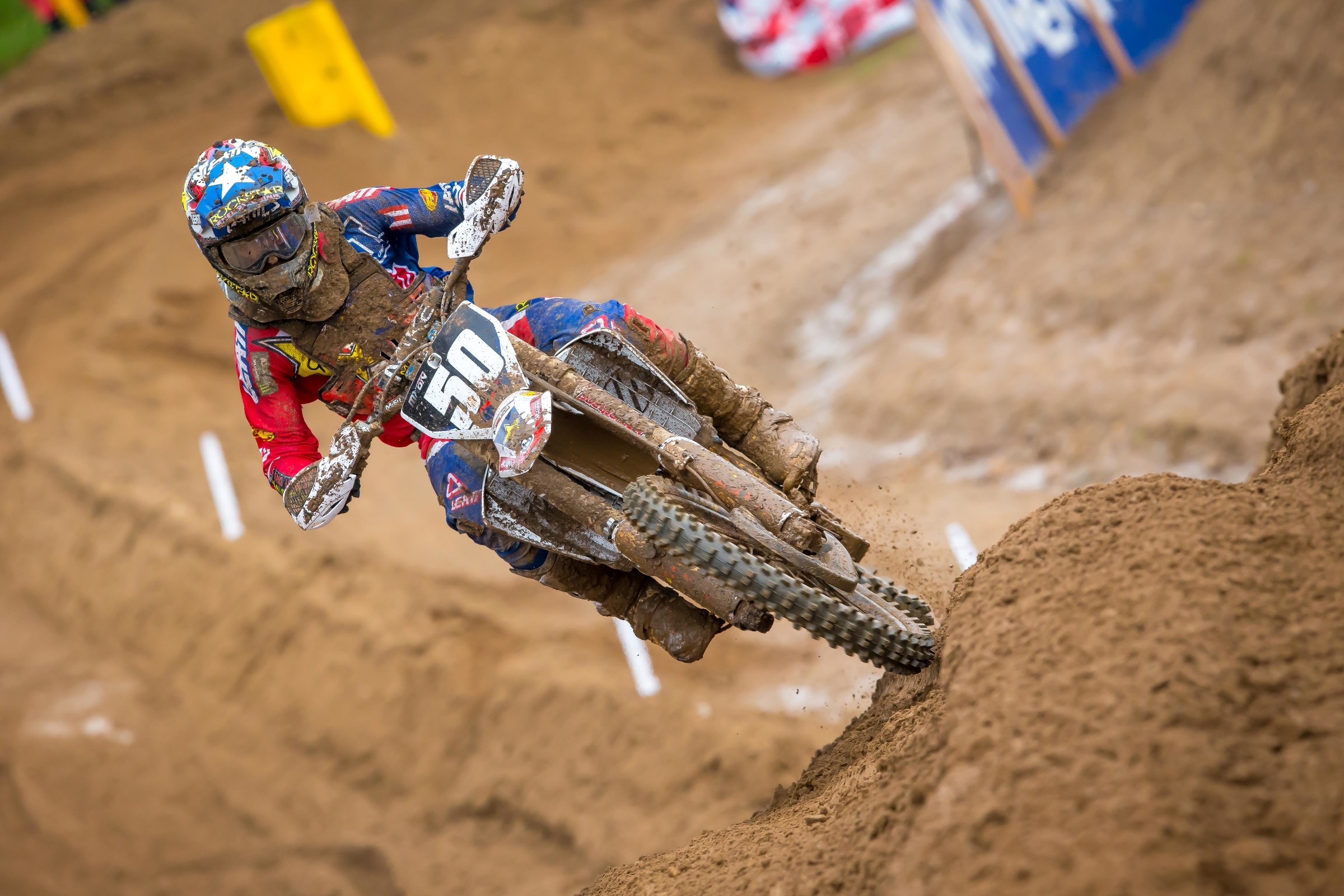 Tue Dec 18 Racer X Awards: Crossover Rider of the Year
Tue Dec 18 Racer X Awards: Crossover Rider of the Year 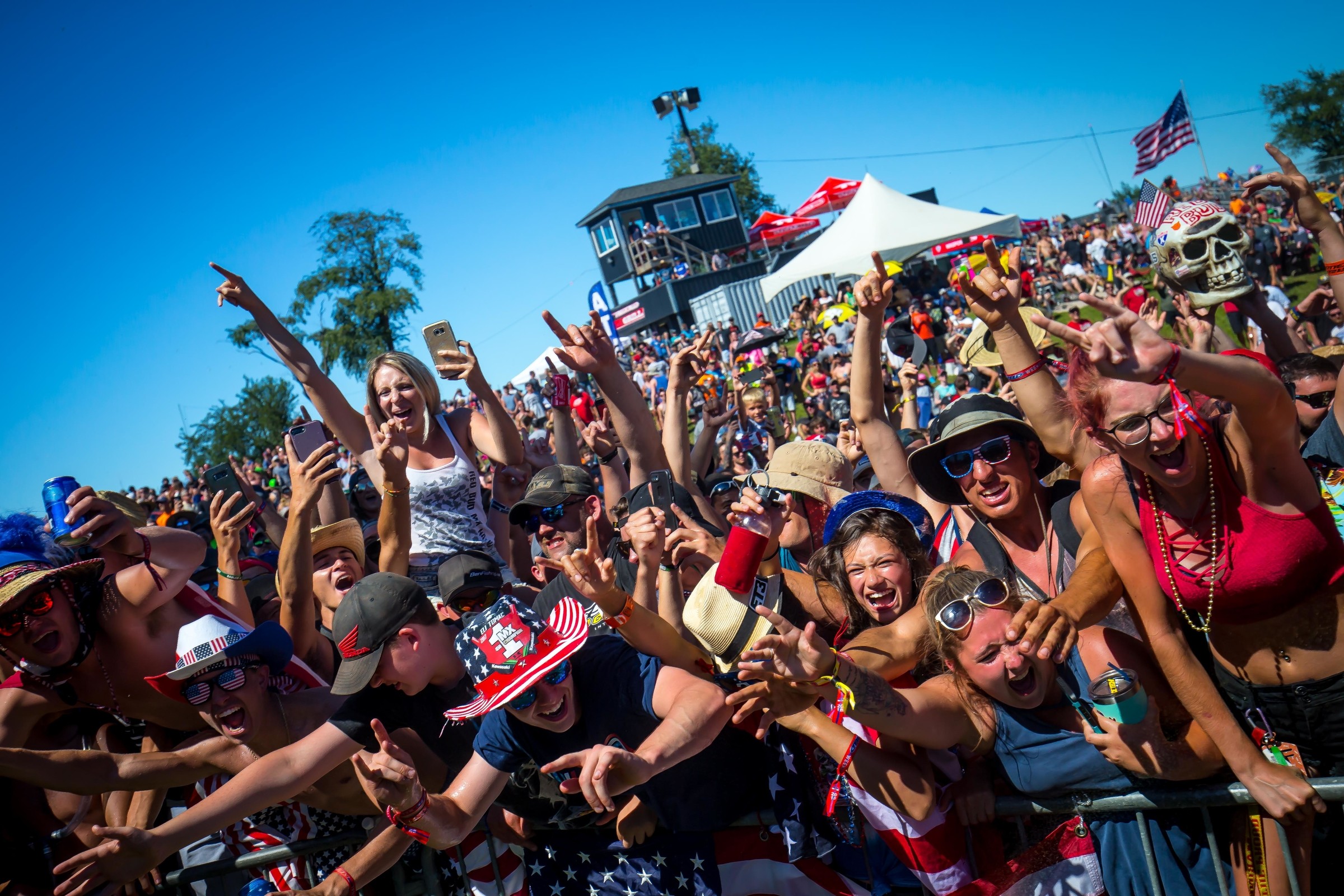 Mon Dec 17 Racer X Awards: Fans of the Year
Mon Dec 17 Racer X Awards: Fans of the Year  Sun Dec 16 Racer X Awards: Vet Rider of the Year
Sun Dec 16 Racer X Awards: Vet Rider of the Year  Sat Dec 15 Racer X Awards: Pass(es) of the Year
Sat Dec 15 Racer X Awards: Pass(es) of the Year 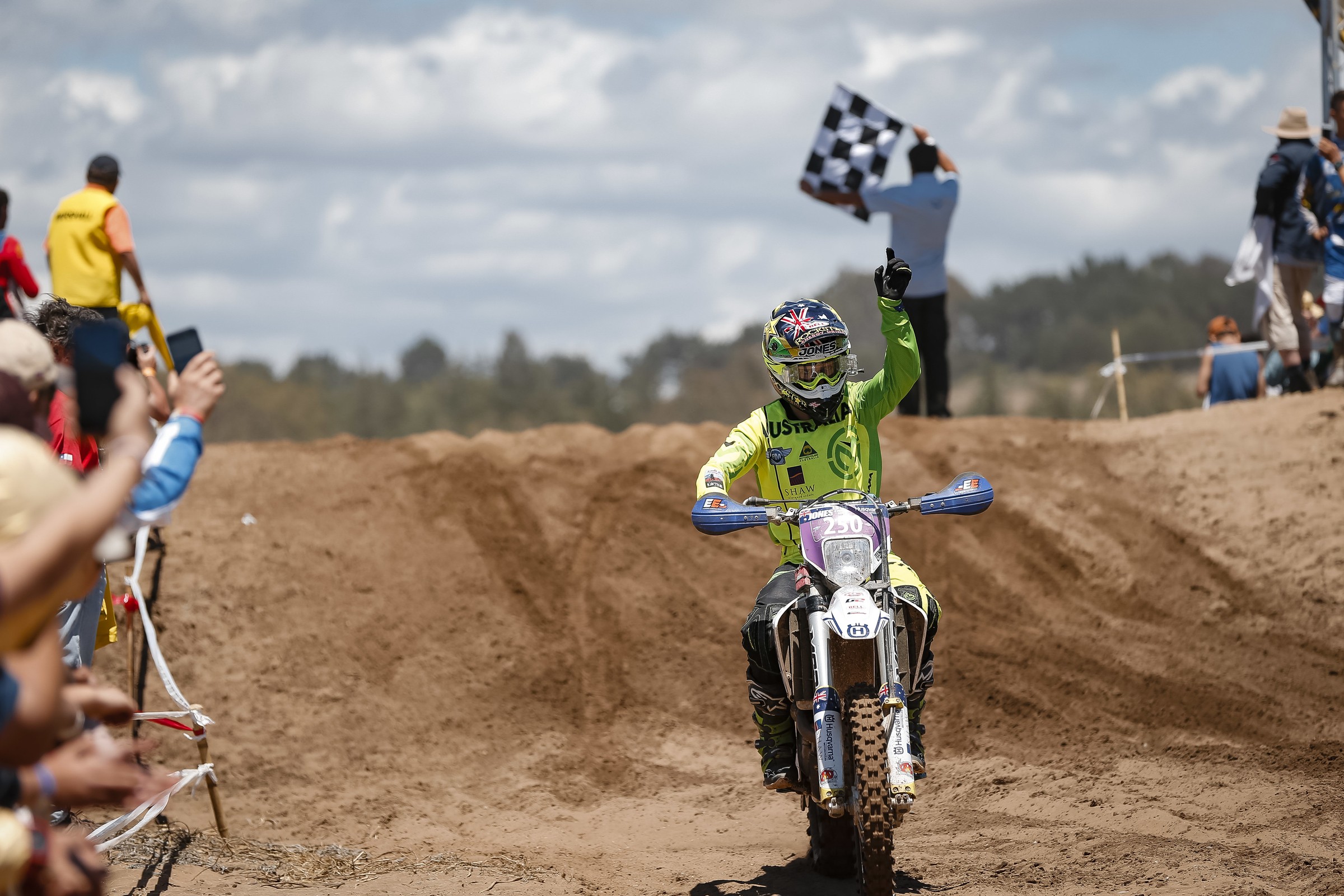 Fri Dec 14 Racer X Awards: Women’s Rider of the Year
Fri Dec 14 Racer X Awards: Women’s Rider of the Year  Thu Dec 13 Racer X Awards: Holeshot of the Year
Thu Dec 13 Racer X Awards: Holeshot of the Year  Wed Dec 12 Racer X Awards: Mechanic of the Year
Wed Dec 12 Racer X Awards: Mechanic of the Year 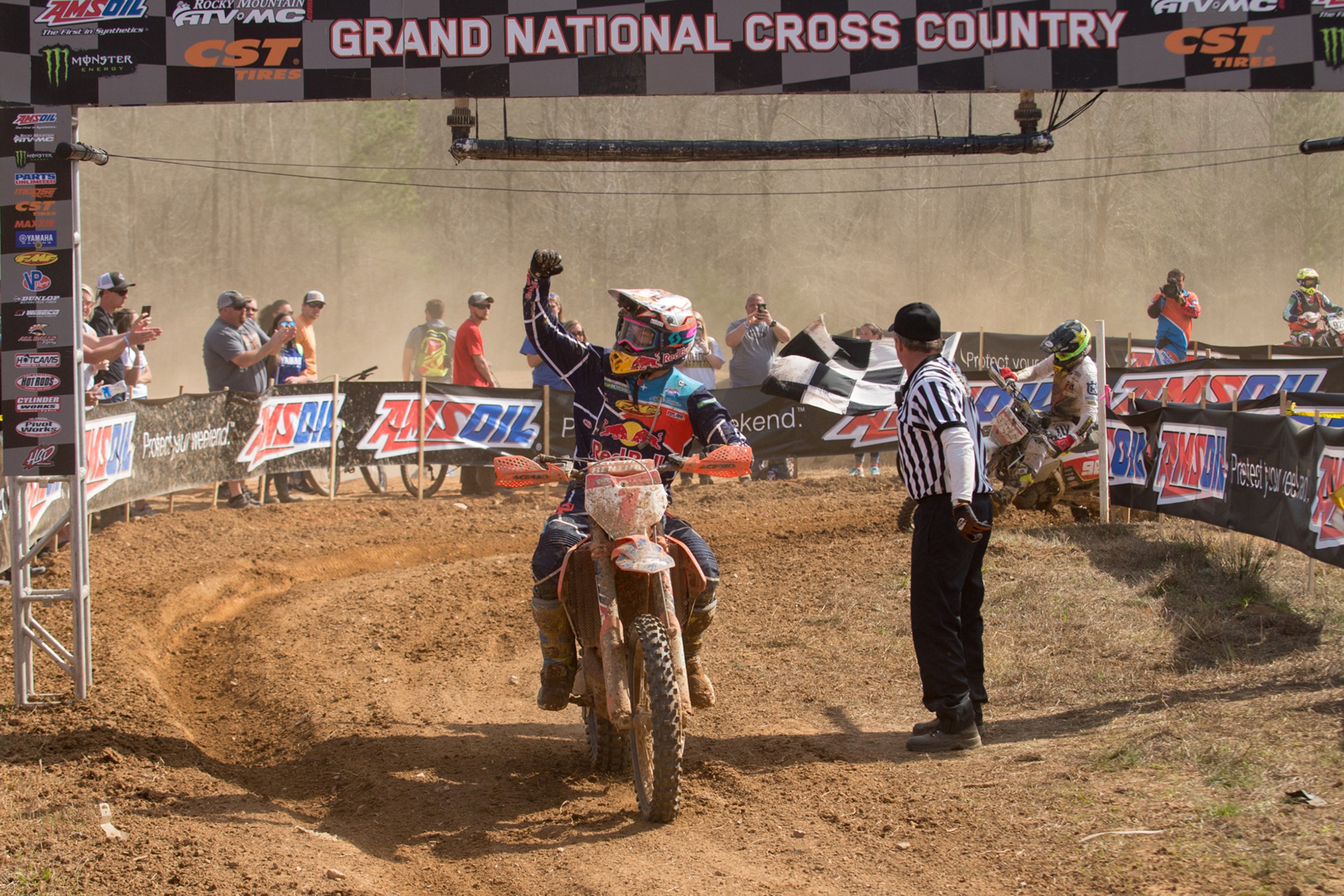 Tue Dec 11 Racer X Awards: Off-Roader of the Year
Tue Dec 11 Racer X Awards: Off-Roader of the Year  Mon Dec 10 Racer X Awards: Party of the Year
Mon Dec 10 Racer X Awards: Party of the Year  Sun Dec 9 Racer X Awards: Comeback Rider of the Year
Sun Dec 9 Racer X Awards: Comeback Rider of the Year  Sat Dec 8 Racer X Awards: Minicylist of the Year
Sat Dec 8 Racer X Awards: Minicylist of the Year 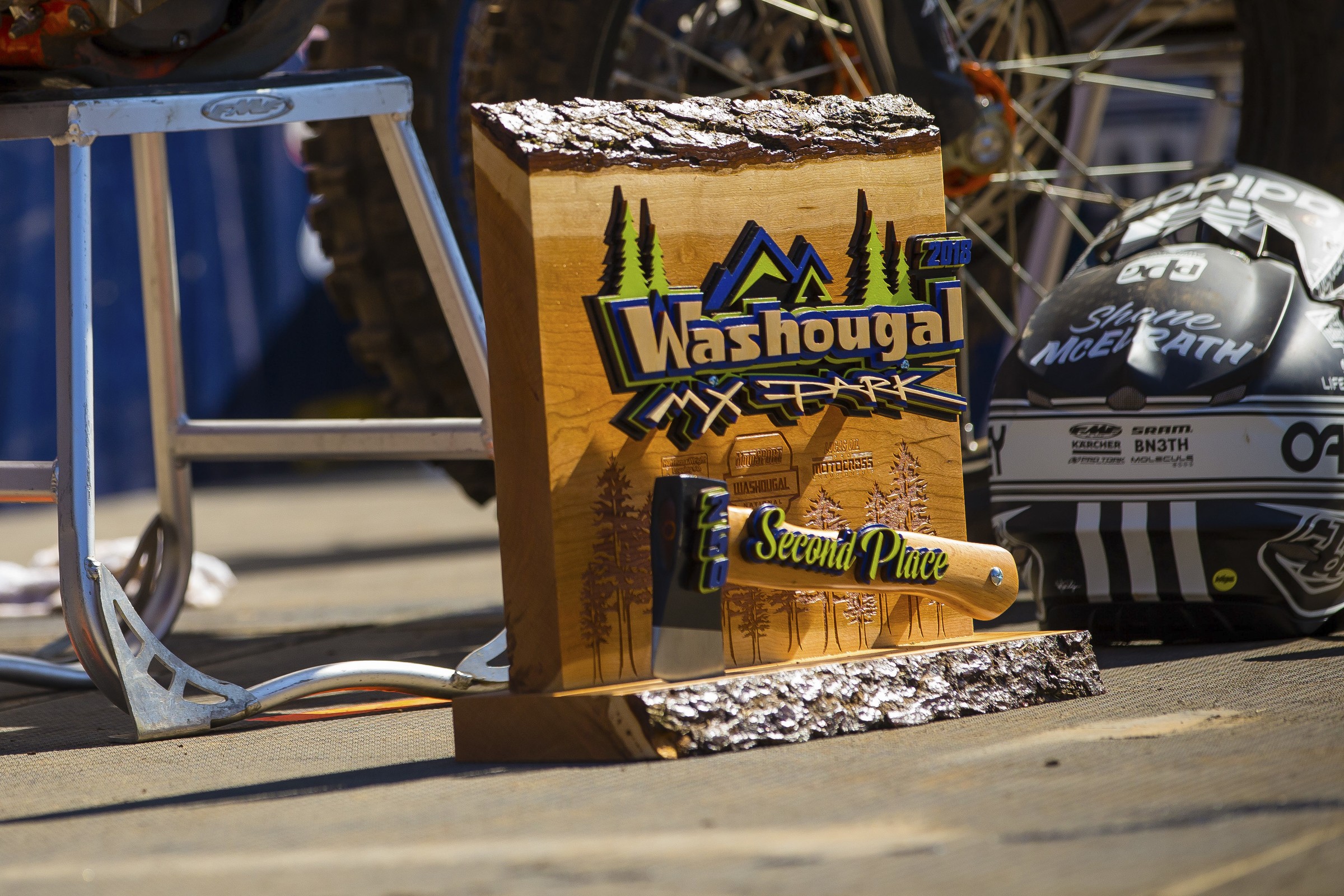 Fri Dec 7 Racer X Awards: Trophy of the Year
Fri Dec 7 Racer X Awards: Trophy of the Year  Thu Dec 6 Racer X Awards: Cover of the Year
Thu Dec 6 Racer X Awards: Cover of the Year  Wed Dec 5 Racer X Awards: Video of the Year
Wed Dec 5 Racer X Awards: Video of the Year  Tue Dec 4 Racer X Awards: New Rule of the Year
Tue Dec 4 Racer X Awards: New Rule of the Year 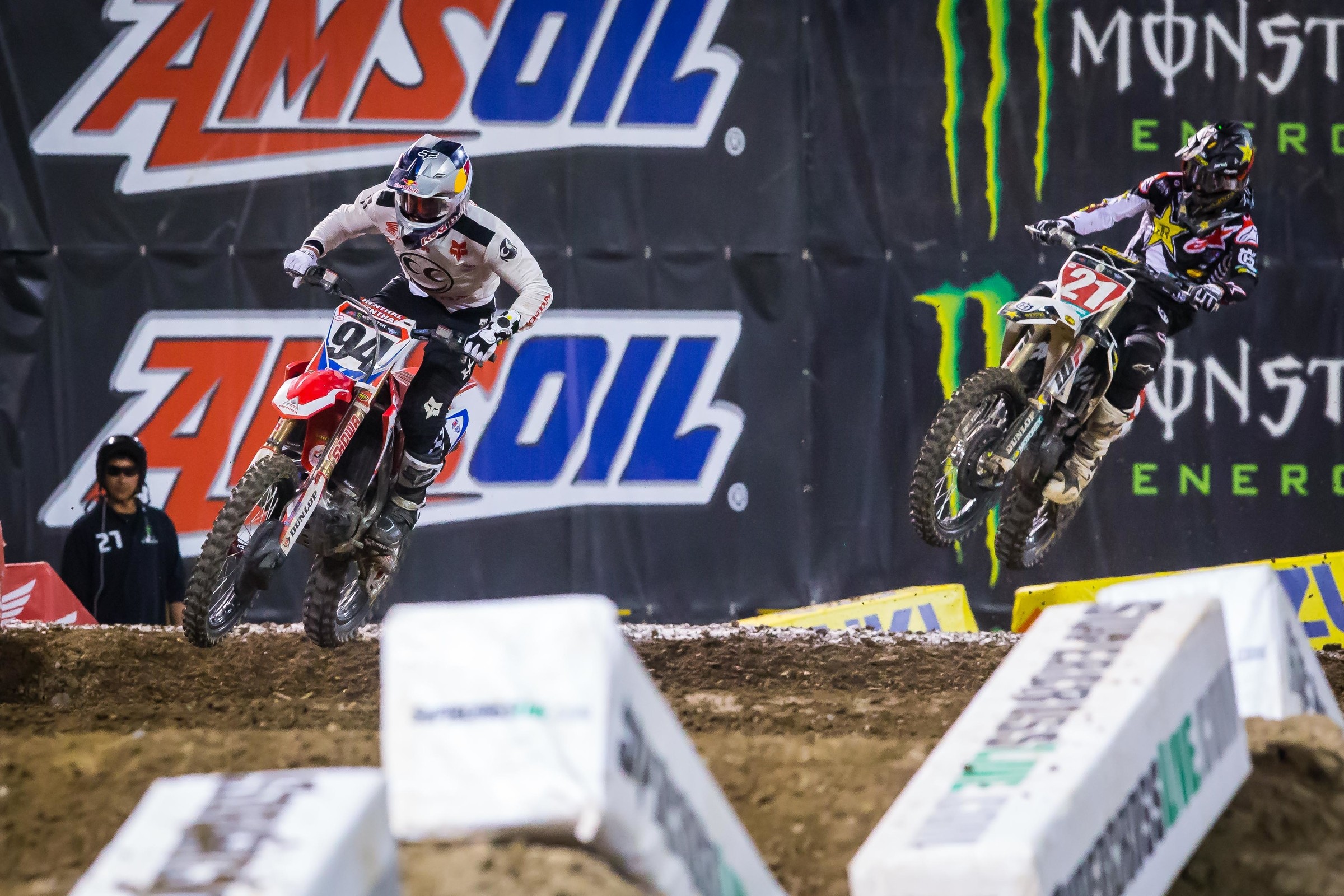 Mon Dec 3 Racer X Awards: Supercross Race of the Year
Mon Dec 3 Racer X Awards: Supercross Race of the Year 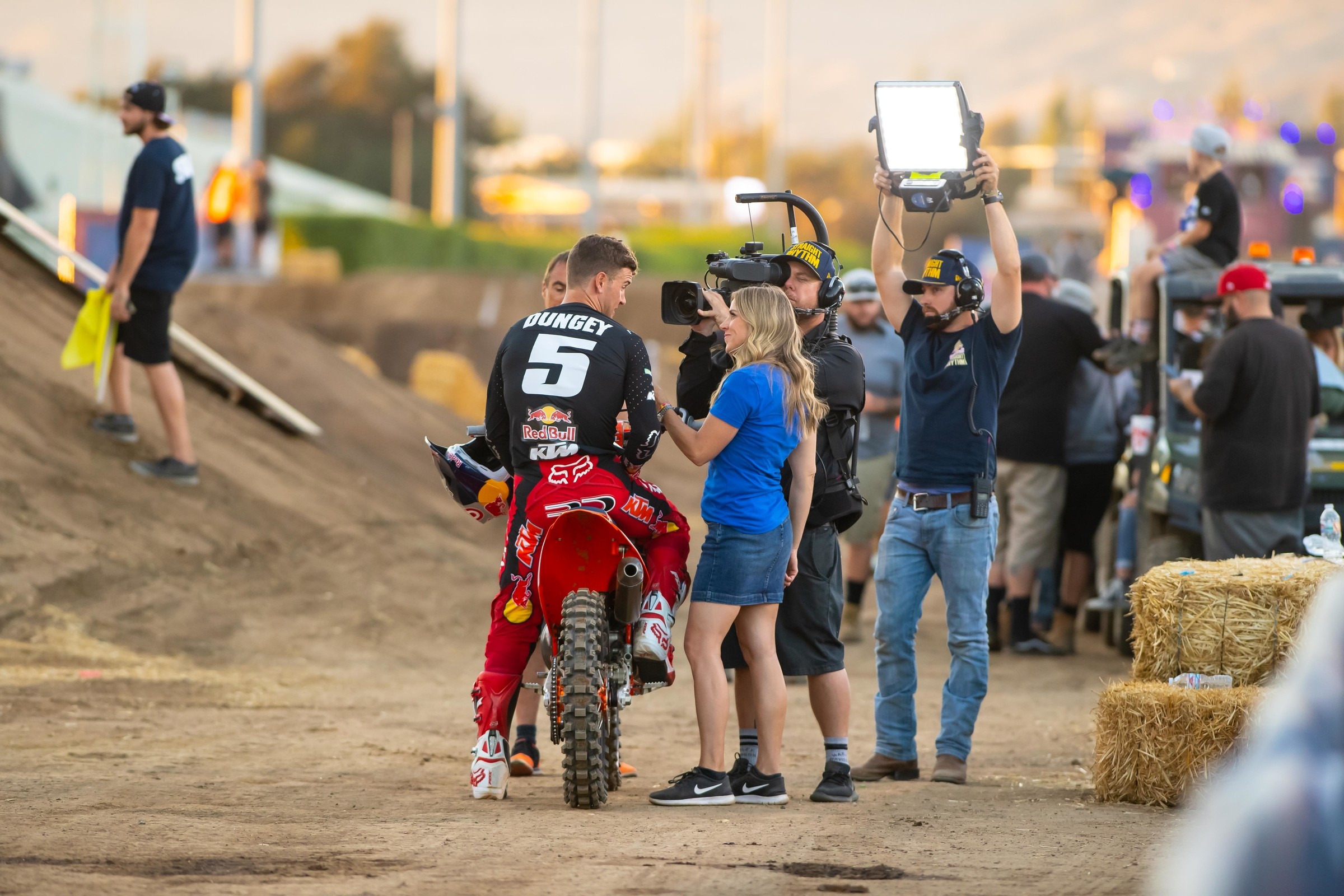 Sun Dec 2 Racer X Awards: Broadcast of the Year
Sun Dec 2 Racer X Awards: Broadcast of the Year  Sat Dec 1 Racer X Awards: Team of the Year
Sat Dec 1 Racer X Awards: Team of the Year 
